
OR
Opinion
The Leader is dead, long live the Leader!
Published On: July 30, 2023 08:45 AM NPT By: Rameshwar Baral
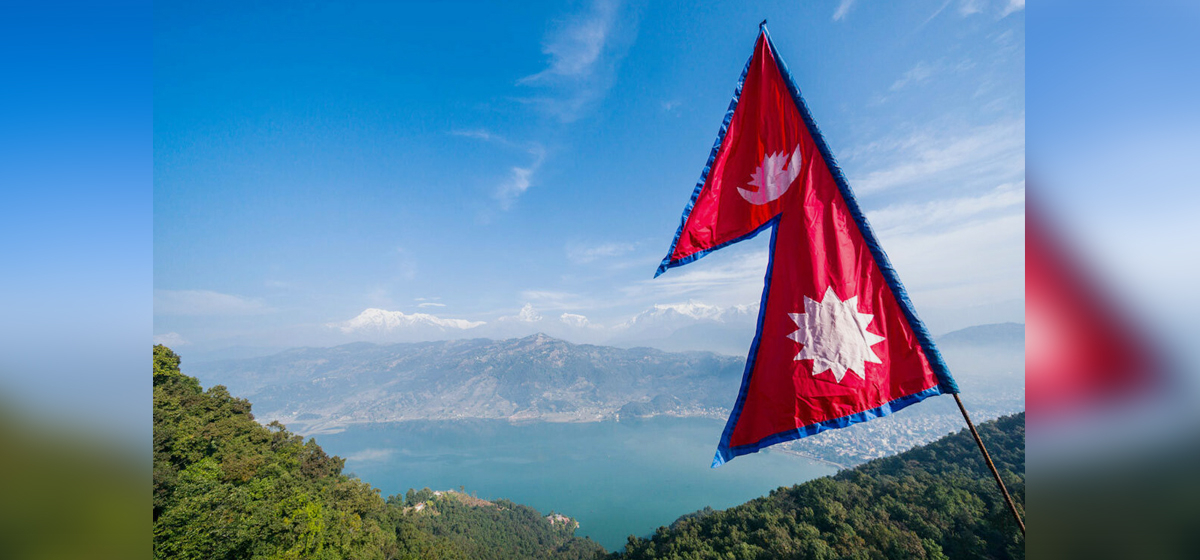

Rameshwar Baral
The author, a retired professor and author, is also a trader, civil builder, and printer.news@myrepublica.com
More from Author
The history of Nepali politics and constitution is both complex and fascinating, spanning over 80 years. It can be traced back to the Rana oligarchy, which was eventually overthrown by a political movement. King Tribhuvan Bir Bikram Shah and his successor Mahendra ruled for approximately eight years, followed by BP Koirala, the first prime minister elected by the people, who served for three years. This was followed by 30 years of direct rule under the Panchayat system by King Mahendra and his eldest son Birendra. During this time, King Birendra held a referendum to choose between the Panchayat system and a multiparty system in which the people chose the partyless Panchayat system. However, 10 years later, a popular uprising forced him to adopt multi party politics under the constitutional monarchy in 1990. Finally, People’s Movement II in 2006 overthrew the monarchy and established a republican system, marking the beginning of a new era in Nepali politics and laying the foundation for a stronger democratic exercise.
Nepal has experienced numerous game-changing political uprisings over the years. The current republican constitution, which is less than two decades old, is the seventh to be adopted. Nepal now has her third president, who serves as the head of state in place of the king. The presidency is a source of national pride, as any lawful citizen can now attain this prestigious position. However, the transition to good governance, the rule of law, and the welfare of the people and geography has yet to be fully realized.
Seventy three years after the end of the rule of the Rana dynasty, the republic has made progress, but many challenges still remain. The focus should be on enhancing the well-being of the public by creating jobs, generating income, promoting industrial growth, exploring resources such as petroleum, gold, and uranium, and increasing agricultural production and ensuring market stability. Despite these efforts, problems continue to persist. The country is losing its border pillars and prominent areas of no-man’s-land in its geography are disappearing. The economy is declining year by year while dependence on others is increasing.
As Nepal undergoes a transition, there appears to be a growing sense of public discontent. Social media is filled with expressions of public anger, and the silent frustration of the people can be seen on the streets, pavements and flyover bridges where they gather. Despite this, politics continues on its winding path with no end in sight. This raises the question: is this due to the adoption and subsequent rejection of multiple constitutions, or is it due to the actions of politicians themselves?
As Nepal’s constitutions have evolved, many smaller Asian countries have made significant progress. To evaluate Nepal’s progress and achievements, it is necessary to compare her transformation with that of these nations. Unfortunately, even after seven decades, Nepal still lags behind them all and remains a Least Developed Country (LDC). Is this due to her landlocked status, ineffective constitutions, or the absence of visionary/game-changer statesmen among her politicians? The responsibility may also lie with past and present generations for their lack of awareness, determination, and loyalty to the nation.
These questions are particularly relevant to the current generation of educated and informed individuals. Many seem either disinterested or pessimistic about the national situation. In fact, the majority of this generation is more inclined to go abroad for higher education and job opportunities. However, credit must be given to Tribhuvan University for its contributions to higher education. Additionally, many other equally competent universities have emerged in the last 30 years, demonstrating that Nepal is not behind any other nation in the field of education. Sadly, the nation’s politics still lacks a clear direction.
The current political situation in Nepal suggests that the country is losing its unique charm. It is uncertain whether this is due to politics, the multiple constitutions, or a combination of both. Politics can create a psychology of propaganda, and Nepal’s political sphere has been filled with never-ending propaganda since the days of the Ranas. Propaganda can take many forms, including facts, semi-truths, or lies, all aimed at shaping public opinion. Since 2000 BS, propaganda has been influencing public thoughts and beliefs. Governments and constitutions may change, but propaganda remains constant. Politicians use their positions to further their own interests, often making promises they cannot keep. This has led to public uprisings, with new constitutions and governments coming to power after each one. However, discontent continues to grow and another unwelcome uprising occurs for yet another constitution and government. Critics claim that any uprising against the existing government and system since the days of the Ranas is driven by external forces. Uprisings that came in a series with gaps of years were not like the Quit India (Self)-Movement against the British in India. Recently rumors have spread that some leaders secretly received money from foreign donors to incite an uprising. Contrary to this, Nepal seems to have become accustomed to such changes and episodes. One change follows another, yet the country remains stagnant on the surface like a tree with decayed roots. Public leaders are accused of corruption, and even their assurances turn out to be just another form of semi-truth propaganda.
A more pressing question arises: despite being in a period of transition, past constitutions and governments have failed to bring about any significant transformation. These periods have proven less fruitful for both the people and the nation. The truth is that governments came and went, with many parties of differing ideologies coming to power even after elections. Yet all governments focused on power and the exercise of power, but had no vision/game-changing plan for the welfare of the nation. Not that no prime minister was competent or had vision, but circumstances never favored them. As transition phases dragged on, nation-building was delayed. Can a political charter resolve this issue?
In summary, politics in the nation is volatile. Critics believe that leaders should focus on the present, rather than the past or the future. However, a third belief is that, like the Roman god Janus, leaders should have pairs of eyes looking both backward and forward. The past means learning from mistakes, and the future means charting a course with insight. It is important to understand that Nepal is not a landlocked nation, but a land-linked one, and her glory lies in giving rather than receiving. The people and geography are her starting and end points. If leaders fail to harmonize this, a persistent question remains: why has there been no generative transformation?
Public leaders play a crucial role. If they have skill gaps, the nation can become stranded and confused between the politics of transition and the transition of politics. That’s why republicanism now proclaims with a new slogan, ‘The leader is dead, long live the leader!’ A leader stands out in the crowd, whether it be Adolf Hitler or Mohandas Gandhi.
You May Like This
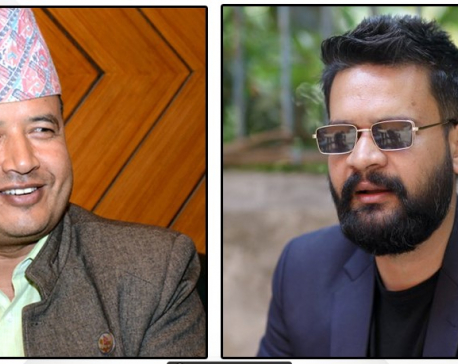
UML leader Basnet to Balen: Don't be pampered just because you have a few hundred fans on Facebook
KATHMANDU, August 26: While the Mayor of Kathmandu Metropolitan City (KMC), Balendra Shah, is speeding up the work to demolish... Read More...

In the UK, it would not have been possible to appoint a speaker who was under investigation for serious allegations
Nepal-UK relations go back to centuries and the UK remains Nepal’s one of the largest donors and development partners. At... Read More...
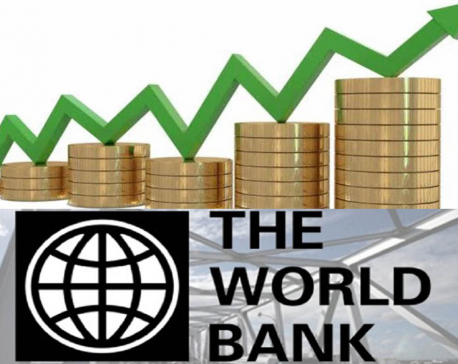
Complete education, full health could double Nepal's GDP per capita: WB
KATHMANDU, June 7: Nepal has the potential to double its Gross Domestic Product (GDP) per capita in the long run if... Read More...

Just In
- President Paudel issues ordinance related to facilitation of investment
- Hearing on Cricketer Lamichhane’s appeal today
- Nepal Investment Summit (live)
- Clear Policies Set to Boost American Investment in Nepal: US Ambassador Thompson
- Second T-20 series: Nepal loses toss, set to go for fielding first
- Nepal Investment Summit 2024 and Victor Hugo Moments for Reforms
- Kathmandu continues to top the chart of world’s most polluted cities
- 3rd Investment Summit: Govt seeking letters of intent for 20 projects






-1200x560-wm_20240427144118.jpg)




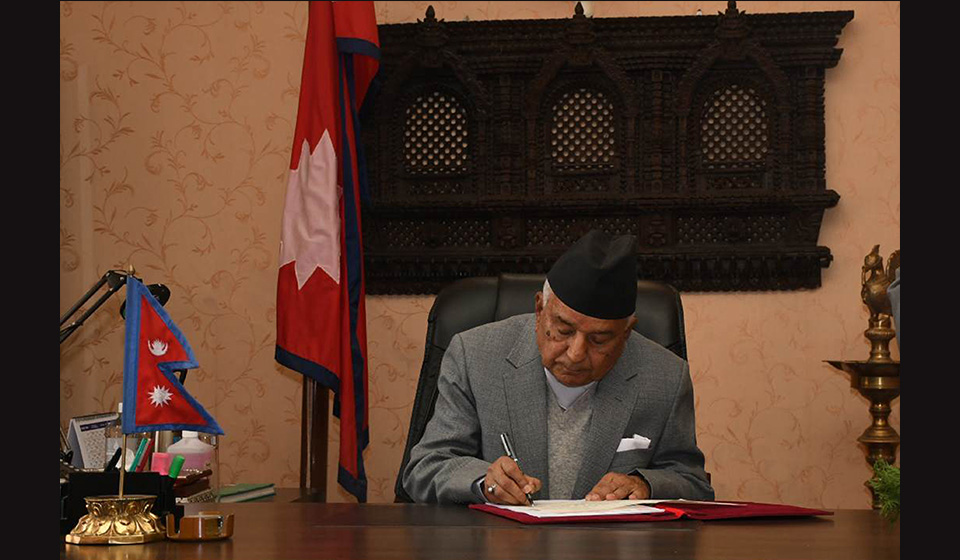
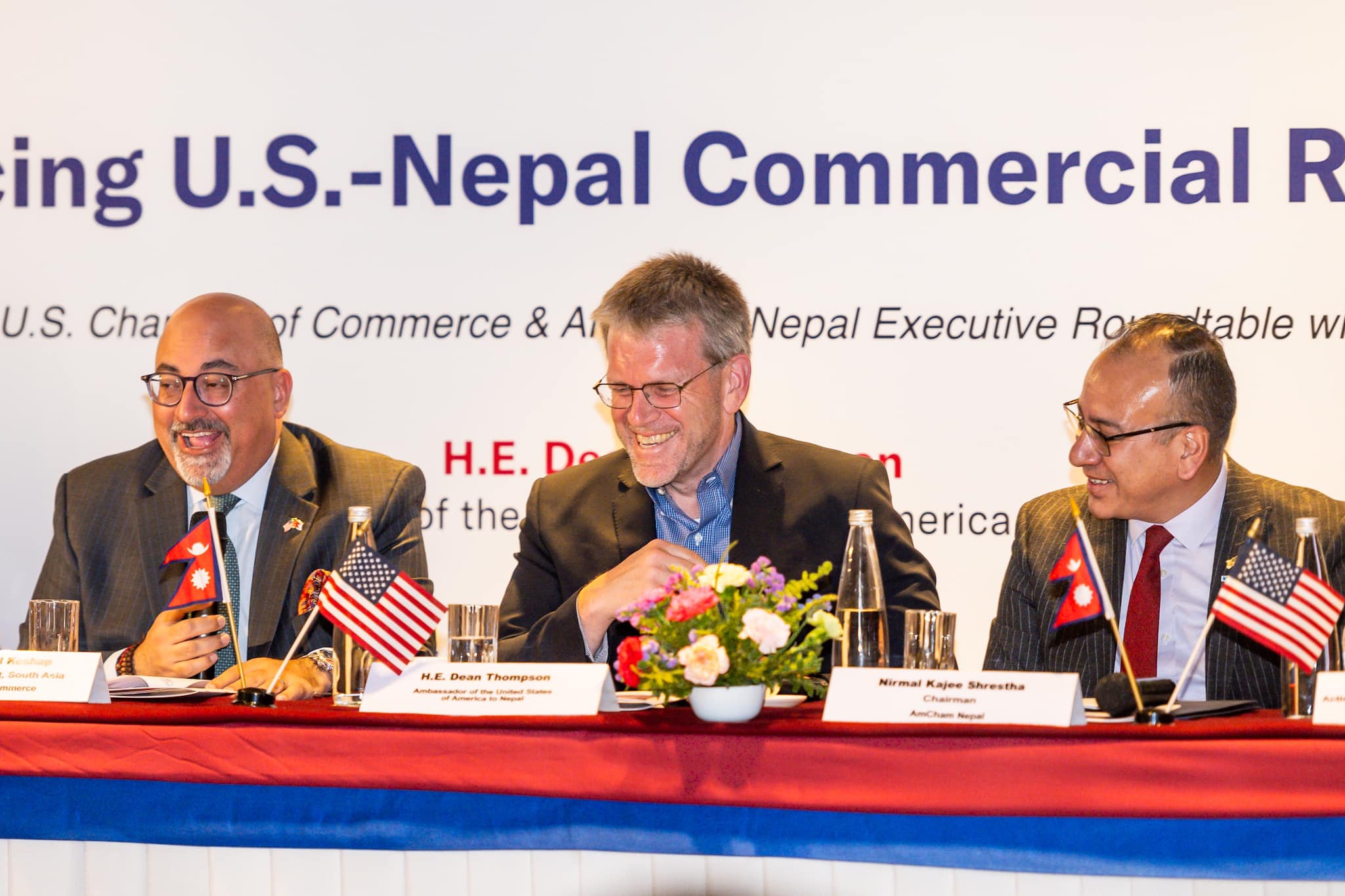
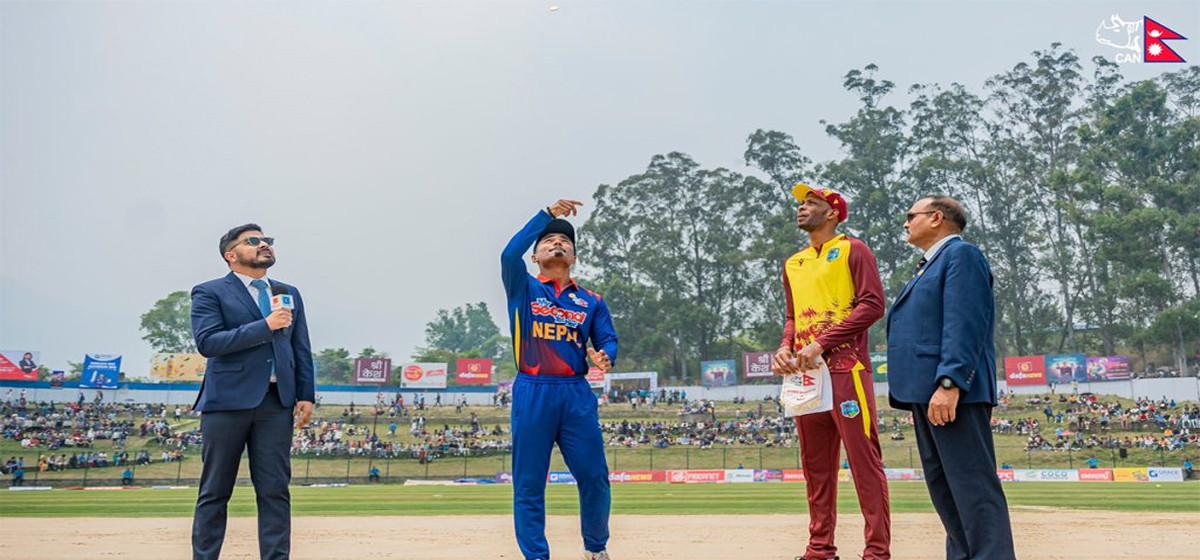


Leave A Comment